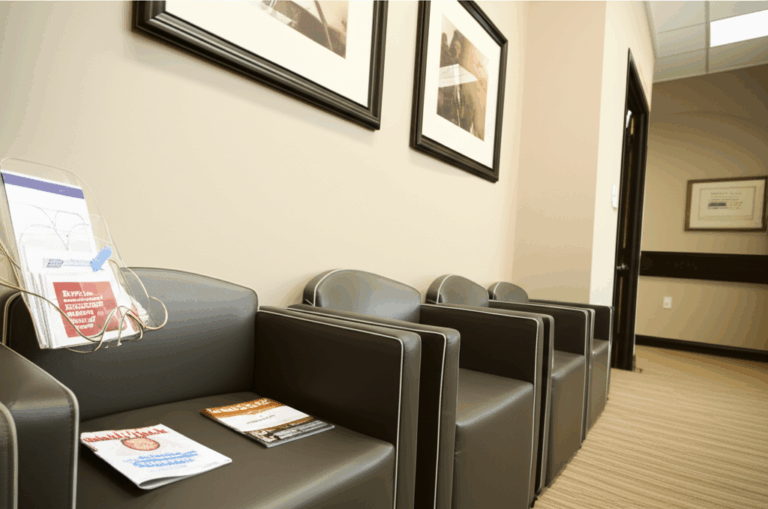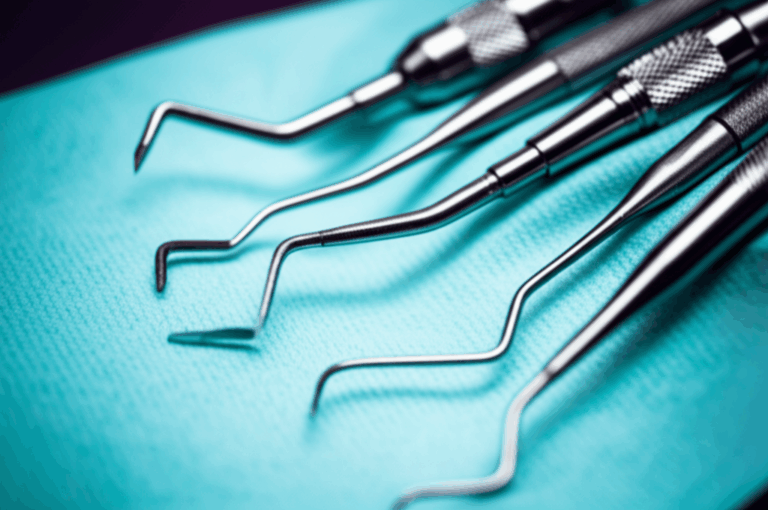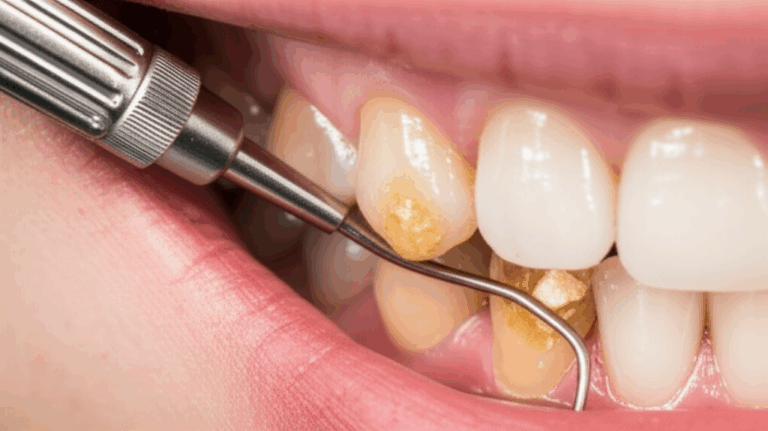
What Dentist Takes State Insurance?
How to Find a Dentist Who Accepts Medicaid or CHIP—An Honest, Step-by-Step Guide
Have you ever stared at your insurance card and wondered, “Can I even use this anywhere?” Maybe you’ve called some dental offices only to hear “no.” Or maybe you feel nervous about what’s included—or worried about a surprise bill after your visit. If you’ve asked, “What dentist takes state insurance near me?”—you’re not alone, and you’re in the right spot.
Whether you’re new to Medicaid, CHIP, or another state dental plan, or just confused by all the rules, this guide is for you. We’ll go step by step to help you find a dentist, know what’s covered, and how to take care of your teeth with confidence—even if money is tight.
In This Article
- Introduction: What Is State Dental Insurance & Why Is It So Hard to Use?
- Step-by-Step Guide: How to Find a Dentist Who Takes State Insurance
- Getting the Most from Your State Dental Plan: What’s Really Covered?
- Tips for a Smooth Visit with State Insurance
- Getting Past Common Problems & Where to Get Help
- Key Things to Remember & Steps for a Healthier Smile
Introduction: What Is State Dental Insurance & Why Is It So Hard to Use?
It’s not easy finding a dentist who accepts state insurance. You might wonder why it’s so tough. Let’s explain.
State insurance means dental plans paid for or run by the government—most often Medicaid or CHIP (Children’s Health Insurance Program). These programs are different in every state. Medicaid almost always covers kids under 21, but only some states offer a lot of care for adults. CHIP is for kids, and usually covers more.
So why is it so much harder to use these plans? Well, not all dentists accept them. Medicaid and CHIP usually pay less money for the same work, so many dentist offices can’t afford to take them. Only about 37% of dentists in the USA accept Medicaid or CHIP (says the ADA). It’s even less in some states.
But don’t worry! You can still get care if you know where to look and what to ask. Let’s get started.
Step-by-Step Guide: How to Find a Dentist Who Takes State Insurance
You want a simple answer: How do I actually find a dentist who will take my insurance? Here’s how to do it, step by step, with honest tips and advice.
1. Know Your Plan: What Kind of State Insurance Do You Have?
First thing: What kind of state dental insurance do you have? Medicaid? CHIP? Something else? Each kind has its own rules and covers different things.
- Medicaid: For people and families with low income. Every state has a different name (like Medi-Cal in California, MassHealth in Massachusetts).
- CHIP: For kids whose families make too much for Medicaid, but can’t afford private insurance.
- Other Plans: Some states have plans just for seniors, pregnant women, or people with disabilities.
Quick tip: Look at your card or approval letter. It should say what plan you have. If you’re not sure, call the number on your card. They can help you figure it out.
Make sure your insurance is still active. Also, check if you’re part of a Managed Care Organization (like Delta Dental or Liberty Dental). These have their own dentist lists.
Tip: Write down your Member ID, group number, and plan name. You’ll need these for searches and calls.
2. Use Online Dentist Search Tools—The Smart Way
Now, let’s use the internet to help us. Every state must have a Medicaid/CHIP dentist directory online. Managed care companies also list their dentists.
Where to Look:
- Your State’s Medicaid or CHIP Website: Look for a “Find a Dentist” or “Provider Lookup” tool. Enter your zip code, plan, and age group.
- MCO Websites: If you are in a managed network (like MCNA, Scion, Delta Dental, etc.), use their search tools too.
- Federally Qualified Health Centers (FQHCs): These government-run clinics must accept Medicaid/CHIP. Try the HRSA Health Center Finder to see local clinics.
- Third-Party Directories: Sites like DentaQuest, Avesis, and Liberty Dental Plan have their own tools. Sometimes these are easier to use than state ones.
- Dental School Clinics: Many dental schools take Medicaid/CHIP. You might pay less and get care from students who are watched carefully by dentists.
Smart Tip:
These directories can be out of date. Dentists sometimes stop taking these plans and their names are still listed. That brings us to the next step!
3. Call Offices Yourself—and Ask the Right Questions
I know it’s annoying. But it’s the best way to save time and trouble.
Ask these questions:
- “Do you take [Your Plan’s Name] now?”
- “Are you taking new patients with this insurance?”
- “What work is covered for my plan?”
- “How soon can I get in?”
- “Do I need to pay anything when I come in?”
If you hear, “Sorry, we’re not taking new Medicaid patients now,” don’t stop. Ask if they keep a waitlist or if they open spots on certain days.
Pro Tip: Be nice but keep asking. Office staff are busy, but being clear helps.
4. Try Community Resources—They Can Really Help
If private offices are full or not taking your plan, try clinics made for people with state insurance.
Try These:
- Community Health Centers (CHCs) and Public Clinics: Local clinics that accept state insurance and may charge by how much you can pay.
- Dental Schools: You may pay less and get more types of care. Some schools will also see adults with Medicaid, not just kids.
- Charities & Non-Profits: Programs like Give Kids a Smile, local United Way, or traveling dental fairs help people who can’t pay much.
- Your County Health Department: Call and ask if they know dentists who take state insurance. Some places keep a list.
If you don’t speak English, ask if there’s an interpreter at the clinic.
Getting the Most from Your State Dental Plan: What’s Really Covered?
Once you find a dentist—great job! Next big question: “What will my plan actually pay for?” Not knowing can mean a nasty surprise at the front desk.
Let’s keep it simple.
What’s Almost Always Covered
If you’re under 21 (with Medicaid or CHIP), you’ll get full dental benefits. For adults, it’s different depending on your state. Usually, you can expect:
Preventive Care:
- Cleanings: Usually twice a year.
- Check-ups: To find problems early.
- X-rays: To check for cavities or other issues.
Basic Care:
- Fillings: Fixing small cavities.
- Tooth pulling: If a tooth is too bad to save.
Emergencies:
- Help for pain, infection, or broken teeth.
Kids’ Dental Care:
- Sealants, fluoride, and sometimes braces (only if really needed, not for looks).
True Fact: By law, all Medicaid plans must cover dental work for kids—this means check-ups, cleanings, and things they need to fix problems.
What’s Often NOT Covered—For Adults
Here it gets tricky. Not all states pay for these:
- Big Repairs: Crowns, bridges, and dentures. Sometimes covered, sometimes not.
- Root Canals: Sometimes, if really needed.
- Gum Disease Treatment: “Deep cleaning” for bad gums—not every plan covers it.
- Braces: Rarely covered for adults; for kids only if they have big jaw problems.
- Looks Only Procedures: Whitening or veneers—not covered.
To be sure, check your Medicaid/CHIP website, ask your dentist, or call your plan. Always ask for a written price list before big work.
Co-pays & Limits
Some plans have small charges you pay at the visit—others don’t. There may also be:
- Yearly limits: The most your plan will pay per year (common for adults).
- Service rules: Like only one cleaning every 6 months, or a certain number of x-rays per year.
Keep your papers and receipts. If you’re charged too much, ask the office for details, or call your state Medicaid office.
Tips for a Smooth Visit with State Insurance
Small steps make a big difference! Here’s how to have a good (and less stressful) visit.
If you ever feel rushed or pushed into anything, remember you can ask questions—or change dentists if you want.
Getting Past Common Problems & Where to Get Help
Let’s be honest—getting dental care with state insurance can be hard. But knowing what’s ahead lets you push through.
Why Is It So Hard To Find a Dentist Who Takes State Insurance?
Some reasons are:
- Low Pay: Dentists earn a lot less for Medicaid/CHIP than private plans.
- Paperwork: Lots of forms and rules from the state make it tough for dental offices.
- Not Many Dentists: In small towns or rural areas, there aren’t as many options.
- Waitlists: Some offices only see a small number of Medicaid/CHIP patients to avoid getting too busy, so you might have to wait.
What Can You Do?
- Try More Than One: If one dentist says no, try another, or check different towns.
- Ask Your Family Doctor: Sometimes they know dentists who take your plan or can give you names.
- Check FQHCs and Dental Schools: These clinics almost always take state insurance.
- Get Help: If you keep being told “no,” talk to your state’s Medicaid office or look for a legal aid group.
- Sign Up for Waitlists: Sometimes you can get a call if someone cancels.
If You Have a Real Dental Emergency:
Don’t wait—go to an urgent care dental clinic or the ER if you have bad pain, swelling, or a broken tooth. Medicaid usually pays for emergency care.
Key Things to Remember & Steps for a Healthier Smile
Finding a dentist who takes your insurance might feel like a huge task, but it is possible! Here’s what to remember:
The Facts—Plain & Simple
- Check Your Plan: Know what kind of insurance you have.
- Use Real Lists: Try state sites, managed care, FQHCs, or dental schools for the most up-to-date info.
- Call to Make Sure: Always phone ahead to check that the dentist still takes your plan.
- Know Your Benefits: Preventive care is almost always covered for kids, less so for adults. Learn your limits.
- Keep Going: If you hit a roadblock, try community clinics or your doctor.
What You Can Do Today
- Find your insurance card and write down the info you’ll need.
- Go to your state Medicaid/CHIP website or call the number on your card.
- Search for dentists near you using plan search tools.
- Call and confirm, and ask about appointments.
- If you get stuck, try a community clinic or ask for help.
Remember, taking care of your teeth is important for your whole body—heart health, diabetes, even feeling good about yourself.
You’re not asking for anything extra—you deserve this benefit. If you want more tips, check out our [practical guide] or read stories from others on our [patient dental] page.
If you’re thinking about things like crowns, bridges, or dentures, you can also read about how these are made in special places like a [crown and bridge lab] or a [removable denture lab]. This can help you understand what’s involved if you need bigger procedures.
Still Have Questions?
You’re not alone. Try these next steps:
- Make a list of things to ask at your visit.
- Ask what you can do at home to keep your teeth healthy.
- Keep looking for more advice about state dental care.
Be proud of taking care of your health. With patience and the right info, you can get the dental care you need—no matter your insurance.
This article is a friendly, simple guide. Always check your own Medicaid or dentist’s office for the right details. Sources: American Dental Association (ADA), CMS, national health studies. Checked by dental health educators.








